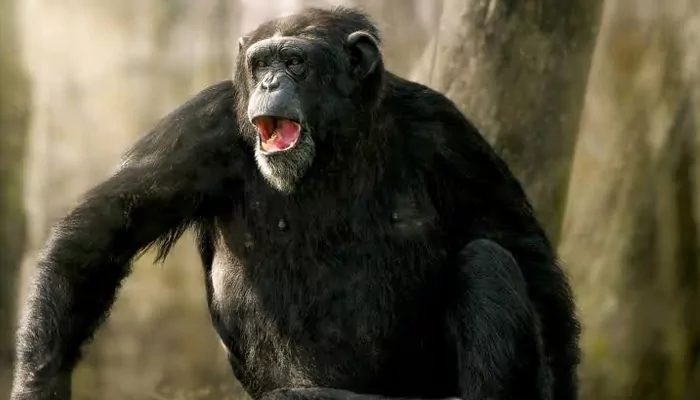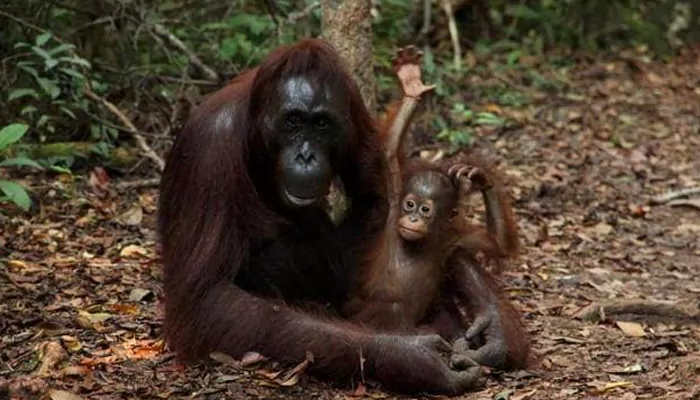
Here are today’s most important updates from the realm of Science and Space.
Today in @NatureNeuro, @ChangLabUCSF and @Cal_Engineer’s @GopalaSpeech show that their new AI-based method for decoding neural data synthesizes audible speech from neural data in real-time: https://t.co/kcBph7k02E pic.twitter.com/GoKejV3p6X
— UCSF Neurosurgery (@NeurosurgUCSF) March 31, 2025
(Credit: X/@NeurosurgUCSF)
Researchers have developed a brain-computer interface that enables people with severe paralysis to produce fluent, audible speech in near real time. By decoding brain signals from the motor cortex and using advanced AI models, the system converts neural activity into speech within one second. This streaming approach overcomes the long-standing latency problem in neuroprosthetic speech devices. It also personalizes speech using pre-injury voice samples and generalizes to words not included in the training data. The system is compatible with multiple types of neural interfaces, including invasive and non-invasive options. This innovation marks a major step toward restoring naturalistic, continuous communication for individuals who have lost the ability to speak.

Chimpanzees act as engineers when making their tools, deliberately choosing plants that provide materials with more flexibility, a new study has claimed. A team of researchers from the University of Oxford, the Max Planck Institute for Evolutionary Anthropology, the Jane Goodall Institute, the University of Algarve and the University of Porto closely analysed chimpanzees at the Gombe Stream National Park in Tanzania and observed that they used a form of instinctive engineering in their tool-making that mirrors that of human tool evolution. The study also noted that while technical skills may have been acquired through trial-and-error learning, social learning, such as stimulus enhancement or tool sharing within the community, also contributed to this behavior among apes. Scientists concluded that chimpanzees may therefore possess a kind of "folk physics", an intuitive comprehension of material properties.

At least 1200 intact objects re-entered earth atmosphere in 2024, according to a recent European Space Agency's report. The accelerated accumulation of space debris has already raised the real possibility of a "collision cascading" effect called the Kessler Syndrome -- a hypothetical scenario proposed by NASA scientist Donald J. Kessler in 1978. Kessler Syndrome predicts that when the density of objects in Low Earth Orbit -- roughly 100-1,200 miles above our planet reaches a certain critical level, it could lead to a chain reaction of collisions which could render the orbit unfit for human use and halt the space age.

Human language can combine words to create an infinite number of meanings—an ability that gives language its expressive power and sets it apart from the communication of other animals. Now, researchers have found a more modest version of this ability in bonobos, our closest living relative. The apes can combine different calls to create new meanings, the research team reported. The findings suggest bonobos have a “precursor” to the human capacity to combine units of language to create new meanings, mentioned senior author Simon Townsend, a primate communication researcher at UZH. Both bonobos and humans may have inherited the ability from our common ancestor some 7 million years ago, he said.